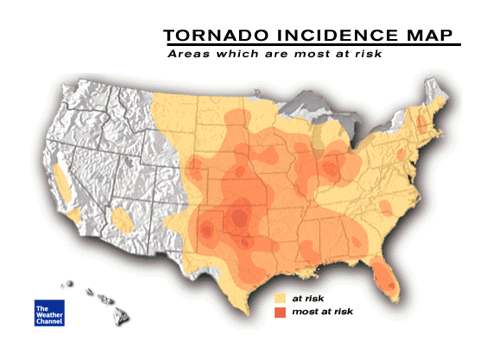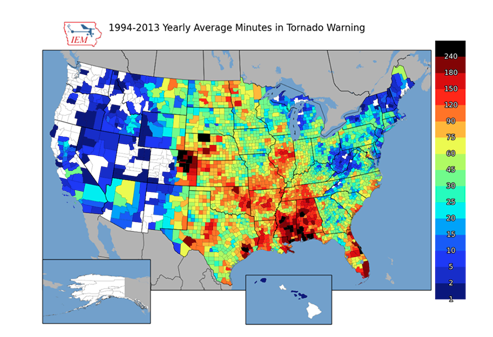Devastating Tornadoes Spark Childhood Memories
Tornadoes swept through the Mid-South over the weekend, leaving more than a dozen people dead and hundreds injured, leveling houses and businesses. Over the next few days–and as recovery from this disaster continues–CDP will be covering the community’s needs and the philanthropic and NGO response. Please send us your updates to NGOresponse@disasterphilanthropy.org so that we […]

Tornadoes swept through the Mid-South over the weekend, leaving more than a dozen people dead and hundreds injured, leveling houses and businesses. Over the next few days–and as recovery from this disaster continues–CDP will be covering the community’s needs and the philanthropic and NGO response. Please send us your updates to NGOresponse@disasterphilanthropy.org so that we can include your work.
As I was watching the tornadoes develop over the weekend, it brought back memories of one of my personal experiences with tornadoes.
Sometime in the 1920’s my grandfather ventured out from his apartment on the west side of Chicago and acquired a modest cottage on a little lake in northern Indiana. From then on, it became the wellspring of family traditions for my father’s generation and later for mine. One spring day, this idyllic setting was smashed by a tornado that killed several of our neighbors and left many damaged trees and homes in its wake. The storm was part of a series of tornadoes that became called The Palm Sunday Tornado Outbreak of 1965 that resulted in 47 tornadoes across the states of Indiana, Ohio Michigan, Illinois, and Iowa. It was the second-biggest tornado outbreak on record at the time, killing 271 people and injuring 1500 people.
 I was reminded of this personal moment this week as we moved into the spring and a peak time for tornadoes throughout the country. And within days, saw tornadoes devastate Arkansas, Oklahoma and Iowa.
I was reminded of this personal moment this week as we moved into the spring and a peak time for tornadoes throughout the country. And within days, saw tornadoes devastate Arkansas, Oklahoma and Iowa.
According to the Weather Channel, April, May and June are the months with the greatest number of tornadoes, with the peak slightly earlier in the southeast and slightly later in the Plains and Midwest.
According to the Washington Post, some areas of the United States spend an average of 75 to over 240 minutes a year under a “tornado warning.” Here’s a chart produced by the Iowa Environmental Mesonet. Areas in shades of red indicate the highest number of minutes of warning; areas in blue represent the lowest.

And this is a good moment to remind readers about the difference between a watch and a warning: A tornado watch means conditions are favorable for the development of tornadoes.Stay alert. A tornado warning means a tornado has been detected by radar and/or observed on the ground. Take action. Seek shelter in a sturdy structure, in the lowest level, and put as many walls between you and the outdoors as possible.
